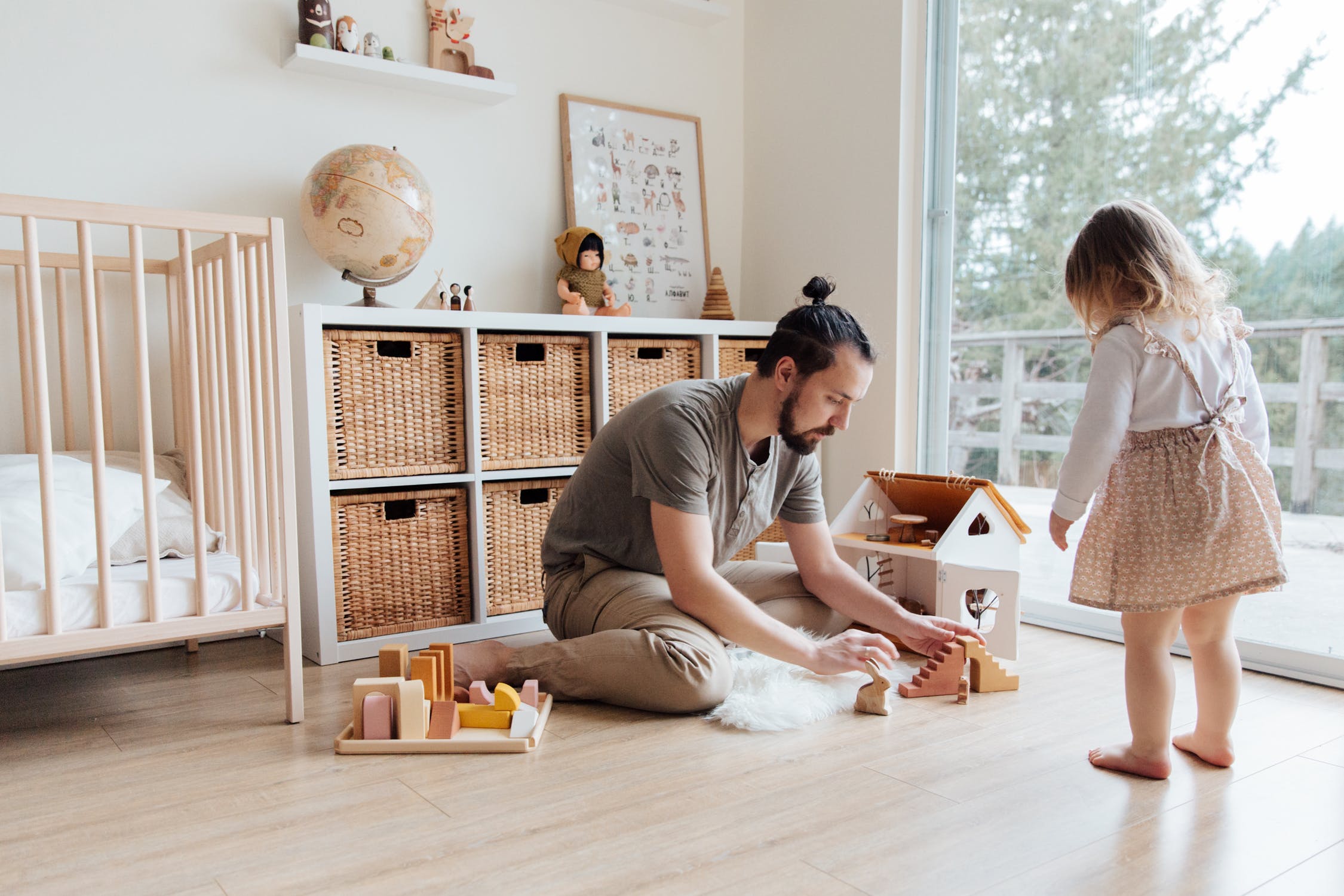
I know. You might be thinking, “What in the world is a Feelings Wheel, and what makes it practical for my everyday life?” A Feelings Wheel is a tool used to help recognize and communicate feelings. Although it may seem a bit extra, a Feelings Wheel is a way to work smarter, not harder, with teenagers when identifying and managing emotions. To get a better picture, a Feelings Wheel is a circle that at the center has “core” or basic emotions (emotions that are more easily identified or expressed) and more complex or “secondary” emotions on the outer edge.
So, what’s the point? The more specific your student can be in labeling their emotions, the more understanding you will have for them and they will have for themselves. My go-to feeling when I was a teen was “frustrated.” It was my answer when I was hurt, anxious, insecure, disappointed, or powerless. But really, it was my answer to explain my negativity without having to be vulnerable. Aren’t those other secondary emotions more honest and accurate though? A Feelings Wheel allows us to open up instead of hiding behind what is the easy or standard answer. Increased relief comes with increased specificity in identifying our emotions and empathizing with them.
Core emotions can be seen as the eight-pack of crayons and secondary emotions are the 64-pack. The eight-pack gets you by with the necessities, while the 64-pack can be a blend of multiple emotions that provide a more specific label (for example, yellow vs. macaroni). Core emotions are happiness, sadness, disgust, fear, surprise, and anger. Secondary emotions encompass any other emotion. With a Feelings Wheel, the core emotions are at the center of the circle—which is the easiest place to start. After choosing the most accurate core emotion, you can use your finger to identify the more specific emotions that you connect with on the outer edges of the circle. These more specific emotions are what you can explain to others so that they have a deeper understanding of what you are experiencing. That’s way better than the “frustrated” answer, right?
Not only is it helpful for others to understand what is going on inside of us, it is helpful for us to know what is going on inside of ourselves. When we identify our feelings specifically, we are able to learn how to respond and take care of those emotions more accurately.
So, what can this look like for your family? Here are a few ideas to use the Feelings Wheel:
1. Practice often.
Add the Feelings Wheel to conversations about the highs and lows of each person’s day with the whole family at dinner or in the car. This allows greater insight into what your teenager’s day has been like as well as normalizes talking about real emotions instead of using just the easy or go-to answer. When you participate in using a Feelings Wheel, you are modeling appropriate ways to process and communicate emotions as well as giving them an opportunity to share without feeling targeted or in the spotlight.
2. Use it before the breakdown.
Your teenager might go through seasons when they are more sensitive or on edge. This might be a good opportunity to have a one-on-one conversation and help bring light to the shift. Use the feelings wheel to help them identify the emotions they are feeling in that moment. Typically, when we hold our emotions in, they eventually explode. Being able to talk prior to an explosion can be preventative by allowing them to take care of their emotions before they are forced to. Emotions demand to be felt. You can choose when to take care of them, or they will choose for you.
3. Use it during a shutdown.
Your teenager might not be the “blow up” type, but that doesn’t mean all is well inside. If your student seems more quiet or isolated, it can be helpful for you to pursue them and check in. Referencing the Feelings Wheel can help them see what they may be experiencing and is a beginning to understanding it better. Sometimes they might not even realize what is going on inside of them until they are given the words, especially since there may be situations in which some feelings and expressions of those feelings seem similar to one another.
4. Empathize.
We all respond to situations differently, and our emotional response is no exception. By being specific in how we use our emotions we can pinpoint a common shared experience that will us to understand what each other may be feeling. If we empathize with where they are, it allows them to feel accepted even if you do not agree. (That is a conversation for another time!)
Again, this may seem like a completely different shift from your family’s norm and may even be a little awkward at first, but can you imagine what it would be like for your family to have the freedom to communicate with each other how you are actually doing? This could be a brand new avenue for each person in the family not only to be able to understand each other but to know how to take care of each other as well. This would continue to make your home the safe haven everyone runs to the best part being that everyone becomes involved in making it happen.




